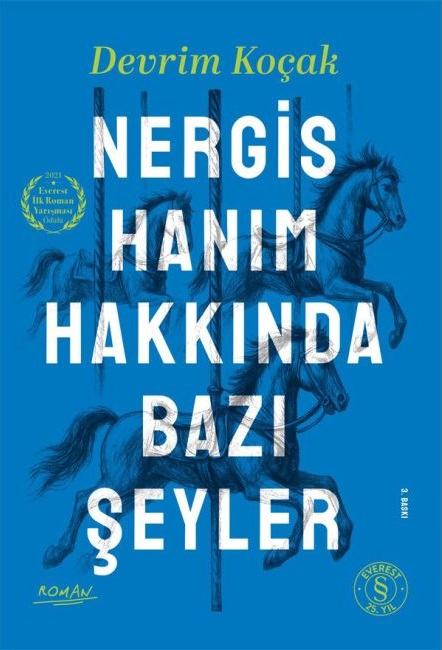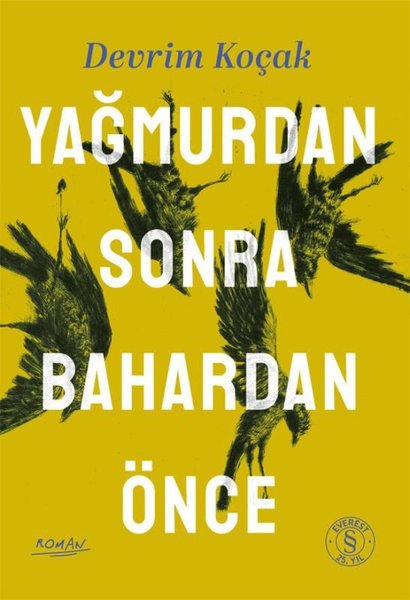How does Lev Tolstoy’s novel Anna Karenina depict the class dynamics between the Russian aristocracy and the peasantry?
Leo Tolstoy’s novel Anna Karenina provides a profound portrayal of the complex class dynamics of 19th-century Russian society, the tensions between the aristocracy and the peasantry, and the political and economic roles of these classes. The novel presents the luxurious, ostentatiously, and status-oriented lifestyle of the Russian aristocracy, and the peasantry’s labor-based, traditional, and land-integrated existence through a contrasting and sometimes symbiotic relationship. When this portrayal is examined around the fundamental questions of political philosophy—power, labor, social order, and justice—it establishes a rich dialogue with frameworks such as Karl Marx’s class struggle, Max Weber’s analyses of status and power, and even Edmund Burke’s traditionalist conservatism.
Depicting the Aristocracy: Status, Power, and Alienation
The novel portrays the Russian aristocracy in the opulent salons, balls, and bureaucratic corridors of St. Petersburg and Moscow. Characters such as Anna Karenina, Alexei Karenin, and Vronsky represent the class’s attachment to status, prestige, and social hierarchy, both individually and collectively. The aristocracy can be understood through Max Weber’s concept of the “status group”: their social position is defined by social prestige, education, and traditional privileges rather than economic wealth. Karenin’s high position in the state bureaucracy derives his power not only from material wealth but also from social and political networks. However, this class is depicted as a group disconnected from the means of production and alienated from the reality of labor, in a way that parallels Marx’s critique of the bourgeoisie. While the aristocrats live in prosperity based on the labor of the land and the peasantry, they are alienated from the source of this labor.
This alienation is particularly evident in Anna’s tragedy. As an individual trapped by the moral and social norms of the aristocracy, Anna is faced with the harsh sanctions of these norms when she follows her own desires. This is where Marx’s concept of ideology comes into play: the moral norms of the aristocracy operate as a superstructure protecting the interests of the ruling class, and Anna’s individual rebellion is suppressed by this ideological apparatus. The class consciousness of the aristocracy reproduces itself by separating itself from the “inferior” status of the peasantry and imposing its own moral superiority. However, Tolstoy also reveals the internal contradictions of this class: Vronsky’s sense of meaninglessness and Karenin’s emotional sterility imply that the aristocracy is in a spiritual and moral crisis.
The Peasantry: Labor, Land, and Authentic Existence
The peasantry is depicted in the novel, particularly through the character of Konstantin Levin. Levin is a figure who tries to build a bridge between the aristocracy and the peasantry, who respects the land and labor. His reformist ideas towards the peasants and his participation in agricultural labor glorify the authentic and productive nature of the peasantry. Tolstoy portrays the peasantry as a simple and moral community, free from the corrupting effects of modernity, in a manner similar to Rousseau’s ideal of the “natural man.” The peasants are tied to the cyclical rhythms of the land, which allows them to separate themselves from the artificial world of the aristocracy.
When viewed from Marx’s historical materialist perspective, the peasantry, as a class directly tied to the means of production (land), forms the basis of the aristocracy’s system of exploitation. However, unlike the proletariat to which Marx attributed revolutionary class consciousness, Tolstoy portrays the peasantry as a more conservative element of stability. Levin’s reform proposals for the peasantry are closer to Burke’s understanding of organic social change than the revolutionary transformation suggested by Marx. While Levin attempts to modernize the peasantry’s traditional lifestyle, he aims to preserve the moral and spiritual values of this class. This also points to Tolstoy’s Christian anarchism: the peasantry offers a more egalitarian and community-oriented alternative to the hierarchical order imposed by the state and the aristocracy.
Class Dynamics and Political Philosophical Contradictions
The class dynamics of the novel reveal the symbiotic yet tense relationship between the aristocracy and the peasantry. The aristocracy is dependent on the labor of the peasantry, but produces an ideological discourse of superiority that disguises this dependency. The peasantry, on the other hand, continues to exist under the economic and political domination of the aristocracy, but through figures like Levin, it develops a kind of moral superiority claim against this domination. This dynamic can be analyzed with Antonio Gramsci’s concept of “cultural hegemony”: the aristocracy shapes the consciousness of the peasantry by universally imposing its own values, but Levin’s empathy for the peasants produces a counter-discourse against this hegemony.
Levin’s reformist efforts raise a fundamental question of political philosophy: Is social change possible without completely overthrowing existing hierarchies? Levin’s aristocratic identity limits his egalitarian vision of the peasants; this echoes Marx’s critique of the inadequacy of reformism. Levin’s conservative reformism, on the other hand, is compatible with Burke’s proposal of organic change over sudden revolutions. Rather than resolving these contradictions, Tolstoy weaves them into the fabric of the novel, asking the reader how class dynamics create a moral and political crisis at both the individual and collective levels.


